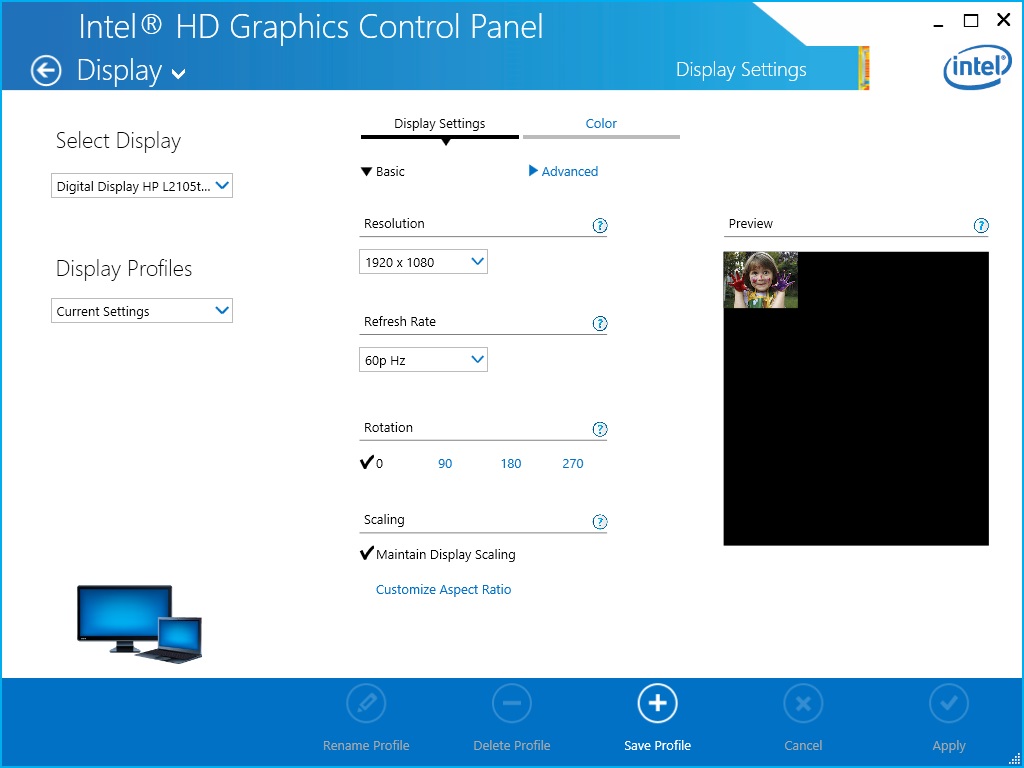

Rule #4: Give competitors' recommendations only where appropriate. No religion/politics unless it is directly related to Intel Corporation

Rule 3: All posts must be related to Intel or Intel products. Rule 2: No Unoriginal Sources, Referral links or Paywalled Articles. If you can't say something respectfully, don't say it at all. This includes comments such as "retard", "shill", "moron" and so on. Uncivil language, slurs, and insults will result in a ban. Luckily, this is easy enough to modify, as long as the kernel version is >= 3.13.x and < 4.2.Subreddit and discord for Intel related news and discussions. If it is, or when the brightness buttons are working, the issue is that the kernel can not detect where the brightness control is. īrightness does not change with keyboard shortcutsįirst, make sure vendor compatibility is on in the kernel configuration: Toshiba for Toshiba, etc.
Intel graphics and media control driver#
Section "Device" Identifier "Device0" Driver "intel" Option "AccelMethod" "SNA" Option "TearFree" "true" EndSection Or by grepping the MODULE_FIRMWARE in the kernel source tree: Kernel: HuC: Failed to fetch firmware i915/kbl_huc_ver01_07_1398.bin (error -2) Kernel: GuC: Failed to fetch firmware i915/kbl_guc_ver9_33.bin (error -2) To identify the firmware file name, either by checking /var/log/kern.log: Disable it if the system experiences freezing (for example, after resuming from hibernation). Enabling GuC/HuC firmware loading causes issues in some systems. HuC firmware (and GuC as a dependent) is needed for AVC/HEVC/VP9 low power encoding bitrate control, including CBR, VBR, etc. It is possible to enable loading of the firmware using kernel parameter i915.enable_guc_loading=1 (before kernel 4.16) or i915.enable_guc=3 (since kernel 4.16). įor Gen11+ GPUs, GuC/HuC firmware loads by default since Linux 5.4 (see commit).įor Gen9 and Gen9.5 GPUs, GuC/HuC firmware won't load by default. HEVC/H.265 ♜ontroller firmware improves hardware acceleration of media decoding. Graphics ♜ontroller firmware offloads functions from the host driver. Including the firmware in-kernel may cause suspend-to-ram to fail, if this is a concern don't include the blob built into the kernel, instead, add the firmware blob into the initramfs. Systems using Skylake, Broxton or newer Intel graphics will need additional firmware from sys-kernel/linux-firmware package:
Intel graphics and media control full#


 0 kommentar(er)
0 kommentar(er)
